New law puts popular tradie utes, American trucks under threat
New engine emission rules have been quietly introduced and could spell the end for Australia’s most popular utes, SUVs and 4WDs as we know them.

Australia is set to overhaul its automotive landscape, potentially bidding farewell to the era of top-selling cars such as the Toyota HiLux ute, beloved SUVs, and colossal American pick-up trucks.
The catalyst for this transformation comes from new laws announced by the Federal Government, which mandate stringent emission standards for petrol and diesel-powered vehicles.
These regulations, aligned with ‘Euro 6d’ standards, are scheduled to be enforced starting in 2025, accompanied by upgrades to the quality of locally sold petrol.
The overarching goal is to bring Australia in line with emission standards already embraced by Europe.
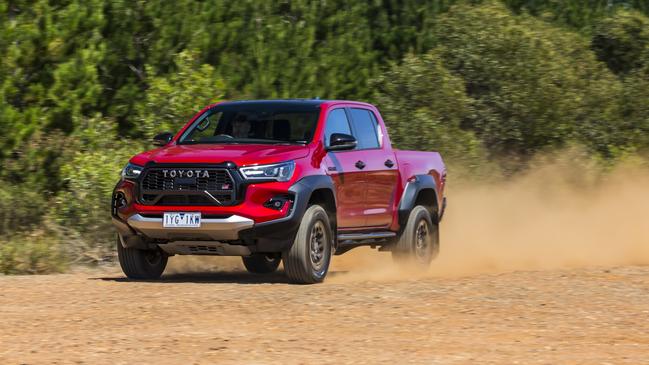
This legislative shift puts numerous popular models, ranging from passenger cars and SUVs to utes and vans, at risk of extinction from Australian showrooms unless they can comply with the demanding Euro 6d standards.
The current emissions standards in Australia, lingering since 2009, fail to meet those adopted in Europe a decade ago and Australia’s petrol quality stands as one of the dirtiest among developed nations.

The Euro 6d standards, implemented in Europe in 2021, set a benchmark that rivals or surpasses emission protocols enforced in other developed markets.
The Australian adaptation of these stringent rules is slated to impact new cars, SUVs, and light commercial vehicles entering the market from December 2025, but these standards will apply universally to all models, regardless of their launch date, from 2028.
While the new regulations will undoubtedly push automakers to introduce cleaner vehicles to the Australian market, they are separate from a potentially more rigorous Fuel Efficiency Standard under consideration by the Federal Government.
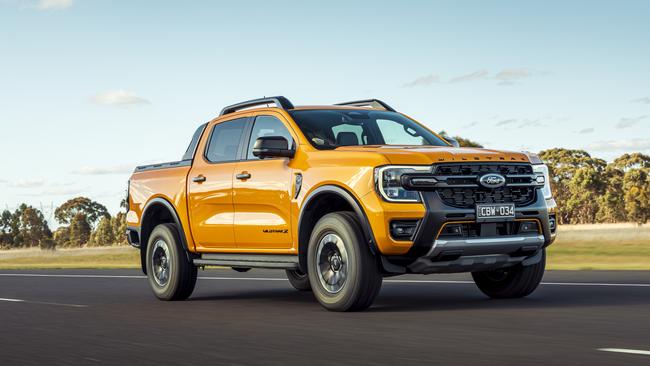
Industry stakeholders, including automakers and lobby groups, were given a chance earlier this year to provide input on this standard’s form.
Proponents of electric vehicles contend that such a mandate would incentivise car manufacturers to introduce more zero-emission vehicles, lowering the overall emissions average.
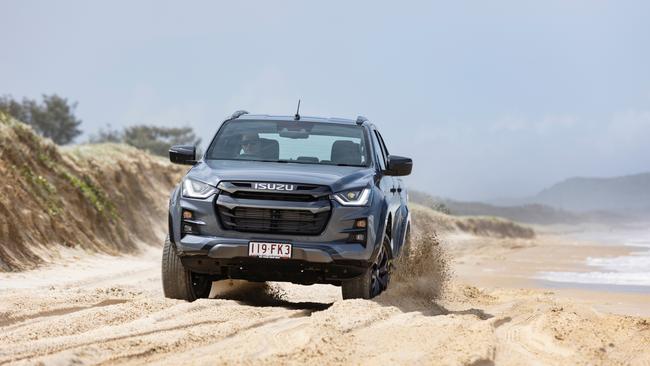
Conversely, opponents argue that this might leave consumers who rely on heavy-duty utes and four-wheel-drives without viable alternatives, especially if they are not ready or able to transition to electric vehicles.
Alarmingly, over half of new petrol and diesel-powered vehicles available in Australia are currently certified only to the minimum emissions standard, Euro 5.
This includes popular models like the Toyota Corolla hybrid and leading utes such as the Toyota HiLux, Ford Ranger, and Isuzu D-Max.
Even iconic four-wheel-drives like the Toyota LandCruiser 300 Series and Jeep Wrangler fall within this category.

The Australian car industry’s failure to meet voluntary emissions targets over the past three years has compounded concerns.
This voluntary framework, less strict than overseas mandates, has worsened emissions performance, particularly with the surge in sales of utes, 4WDs and American pick-ups.
The stringent guidelines dictate that cars must emit less than 162 grams of carbon dioxide per kilometre to pass.
Vehicles sold recently, including the immensely popular Toyota HiLux, would now fail to meet these updated emission rules.
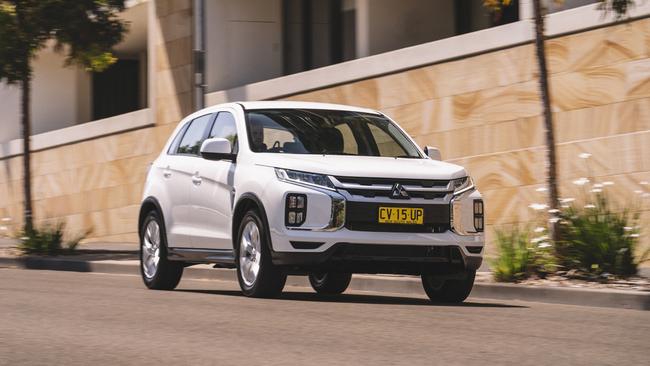
Australia’s top-selling car in 2023 emits 210 grams per kilometre, while the Ford Ranger, another bestseller, emits 202 grams of CO2 per kilometre.
Fortunately, manufacturers are adapting to the new regulations, with Toyota introducing a hybrid HiLux in the coming year and Ford planning to sell a plug-in hybrid version of the Ranger from 2025.
The impact of Euro 6d standards extends to several SUVs, including the Mitsubishi ASX and Hyundai Tucson, as well as the MG ZS.
Even the future of the beloved Toyota LandCruiser hangs in the balance without a hybrid version, emitting 253 grams of carbon per kilometre.
Hybrid cars like the Toyota RAV4, emitting 111 grams per kilometre, are poised to pass the new standards, offering a glimpse into the future of cleaner mobility.
Some hatchbacks, including a late model Hyundai i30, may face challenges, emitting 172 grams per kilometre.
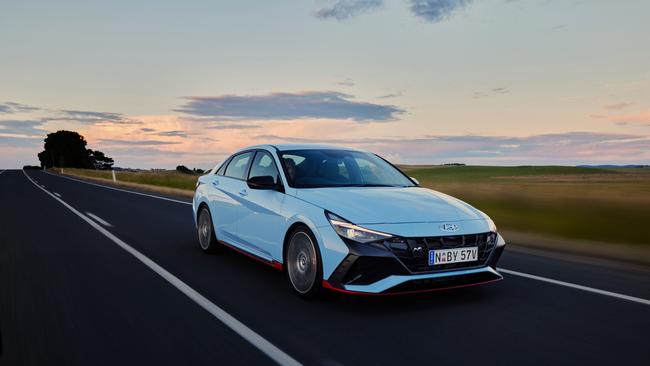
The Federal Government’s recent announcement aligns with ongoing efforts to reduce emissions from new motor vehicles, a priority since the government’s election last year.
Alongside the emission standards, plans include mandating fewer “aromatic hydrocarbons” in 95-octane premium unleaded fuel.
The sulphur content in all types of petrol is also set to decrease, with low-sulphur petrol delayed until December 2025 to facilitate a smoother transition for fuel suppliers and customers.
The government estimates that the combined impact of new emissions standards and changes to fuel quality will yield savings of $6.1 billion in health and fuel costs by 2040.

These measures aim to protect Australians from the adverse effects of harmful exhaust pollutants, responsible for over 1700 deaths locally in 2015.
A University of Melbourne study supported by the government indicates that more than 11,000 Australians die prematurely each year due to transport emissions.
Infrastructure and Transport Minister, Catherine King, emphasised the significance of these changes in a statement, stating: “Tightening Australia’s noxious emissions standards will prevent deaths caused by toxic air pollution.”
The Federal Chamber of Automotive Industries, represented by chief executive Tony Weber, affirmed the necessity of these improvements in a statement to the AFR, with automotive manufacturers advocating for better fuel quality standards for more than a decade.
Originally published as New law puts popular tradie utes, American trucks under threat




